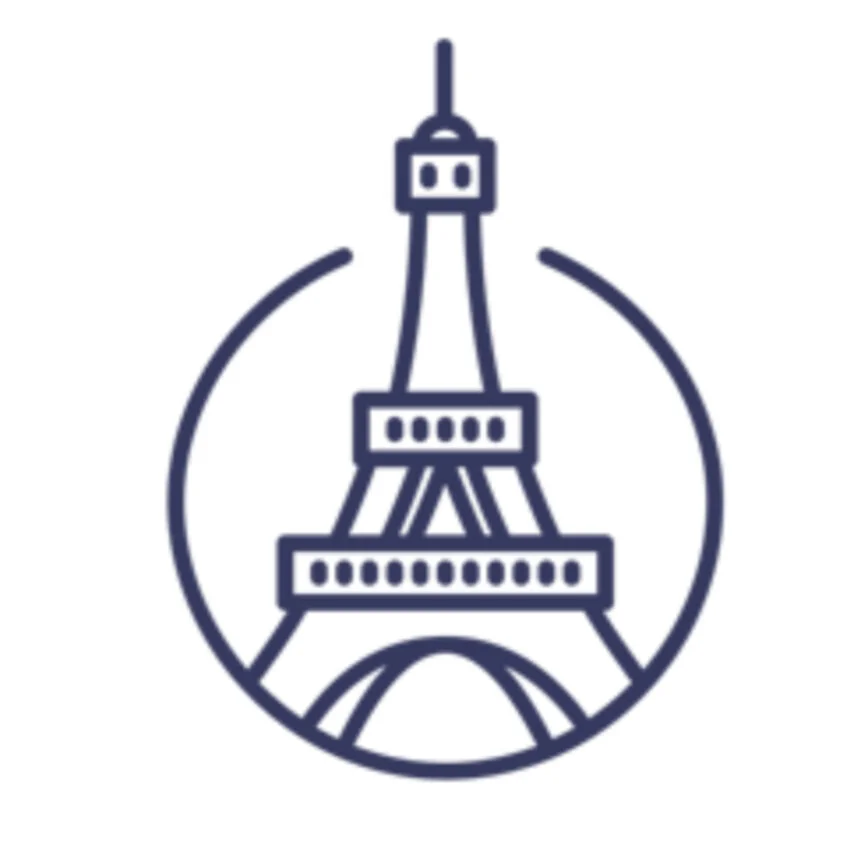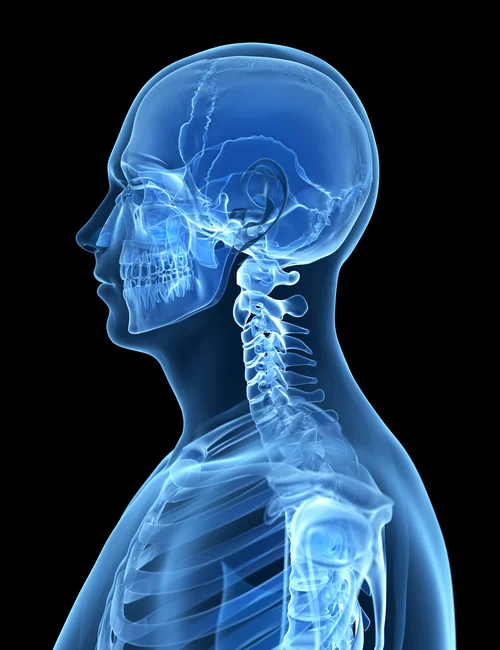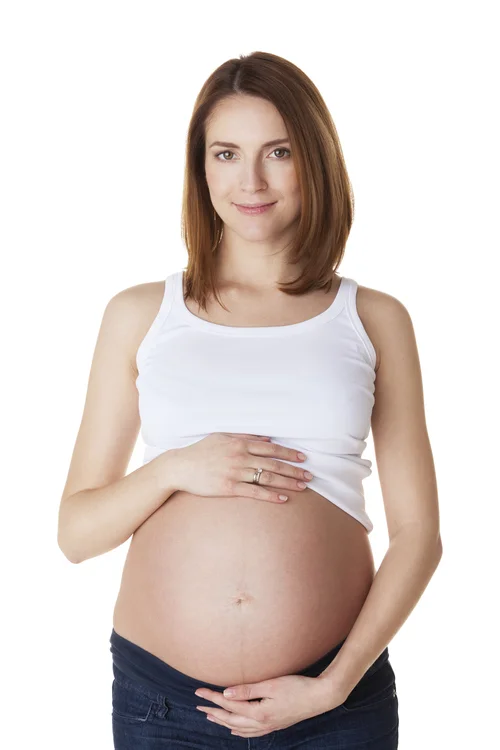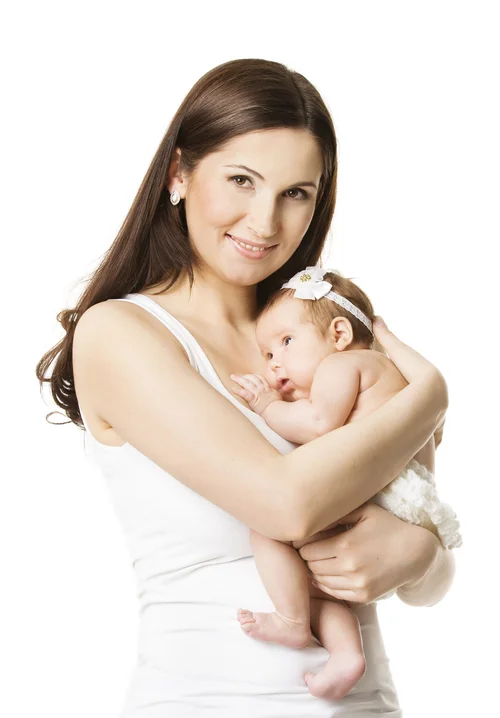GENEVA
Cabinet d’Ostéopathie du Mont Blanc
13A, Che du Levant, 01210 Ferney-Voltaire
Testimonials
“Dr. Arnaud Marguin is a very efficient natural pain killer with good side effects! For months on end I suffered a terrible pain in my arm and shoulder from having lifted a very heavy suitcase. As always, I hoped the pain would go away by itself as I never take any pharmaceutical pain killers of any kind and avoid going to doctors...... However, the pain lingered to the point where it was insupportable and so with great apprehension I decided to consult an osteopath in Paris - Dr. Marguin. I was very nervous, as I had heard scary stories about this kind of treatment but Dr. Marguin allayed all my fears, and most importantly he took away the pain and other subsequent pains. After every check up I feel as if a great invisible weight is lifted off me - as if I was re-born! ”
“Arnaud Marguin has been our family osteopath for the past 3 years. Our kids see him regularly so as to strengthen their spine during their growth. His holistic approach/treatment means he cures our pains in no time! I definitely recommend Arnaud to all mums ! ”
“I had been experiencing lower back pain for several months before I met Dr. Arnaud. It only took 5 sessions and very simple, easy to follow, home exercises and daily routine discipline before my back felt back to its usual self. He also helped re-align my posture which made a great difference to my quality of life. I am very grateful for his treatment and would highly recommend to anyone experiencing discomfort of body movement issues.”
“I have suffered for several years of constipation. I’ve tried all of the teas and herbs and nothing seemed to work. My friend recommended I visit an osteopath and I went to Arnaud. In three sessions I have already seen the best progress. Thank you!!! I would absolutely recommend him”
Sports Injuries
What we can do to help when an athlete suffers from a sports injury
Sports injuries attend to happen in 2 main situations:
When you force too much or when you do it too often, even in the case of a high level athlete who works out too hard without warming up.
When you don’t work out enough and you suddenly decide to practice a sport without warming up.
We always refer to muscle injuries when we talk about sports injuries but there are other structures that can be injured (ligaments, bones, etc.). This is exactly what your osteopath at Marguin practice will discover and treat.
At Marguin, your osteopath will study the background to your condition and perform clinical testing including osteopathic palpation to evaluate the state of the muscles, tendons, ligaments and joints. With a proper understanding of the causes and contributing factors a treatment regime will be initiated to erase your symptoms.
Taking into consideration whether you are an athlete or a beginner, your osteopath will select a treatment that will be individualised to address your specific symptoms as well as any underlying imbalances.
If, during the course of the treatment, you need to be referred to a specialist, your osteopath will write you a letter to help you along your treatment path.
HOW DOES OSTEOPATHY HELP YOU?
Accurate diagnosis
Treatment efficiency
Management of the treatment plan
Prevention
Even if your pathology and its underlying causes need to be referred to a non-osteopath specialist, a range of osteopathic treatment such as energy techniques, cranial techniques or neuromuscular techniques can be performed to help you and decrease the symptoms. Once we understand what causes the symptoms and what are the underlying causes or contributing factors, we will work with you to establish a suitable regime (stretching, rebalancing and strengthening)
Lower Back pain
What we can do to help you if you suffer from lower back pain
Lower back pain is mainly caused by a lack of posture in general and is often triggered by a false movement, as silly as bending over to pick up a pen.
Common symptoms such as sciatica (pain in the back of the leg), femoral nerve entrapment (pain in the fore side of the leg) or meralgia (pain on the external fore side of the leg) are consequences of an old untreated back complaint.
In most situations, the underlying causes of lower back pain are a misbalance of the hips and a general wrong posture (work, sleep, etc.)
At Marguin, your osteopath will take a detailed history and perform clinical testing including osteopathic palpation to evaluate the state of the muscles, tendons, ligaments and joints. With a proper understanding of the causes and contributing factors a treatment regime will be initiated to erase your symptoms.
Taking under consideration your lifestyle and general condition, your osteopath will perform a treatment that will be individualised to address your specific symptoms as well as any underlying imbalances.
If you need to be referred according to the information given by the investigation or the complementary exams, to another specialist, your osteopath will write you a letter to help you through your treatment path.
Even if your pathology and its underlying causes need to be taken in charge by another specialist than your osteopath, a range of gentle techniques such as energy techniques, cranial techniques or neuromuscular techniques can be performed to help you and decrease the symptoms. Once we understand what causes the symptoms and what are the underlying causes or contributing factors, we will work with you together to put a manageable regime (stretching, rebalancing and strengthening)
Neck and Upper Back pain
What we can do to help you if you suffer from neck or upper back pain
Upper back pain in general can be provoked by numerous causes such as wrong posture or disc prolapse.
A minor joint flexibility restriction caused by muscle or ligaments tensions, that is not relieved by rest or stretching, can become established and provoke acute pain if the area is triggered by something as silly as sleeping awkwardly for instance.
At Marguin, your osteopath will take a detailed history and perform clinical testing including osteopathic palpation to evaluate the state of the muscles, tendons, ligaments and joints. With a proper understanding of the causes and contributing factors a treatment regime will be initiated to erase your symptoms.
Taking under consideration your lifestyle and general condition, your osteopath will perform a treatment that will be individualised to address your specific symptoms as well as any underlying imbalances.
If you need to be referred according to the information given by the investigation or the complementary exams, to another specialist, your osteopath will write you a letter to help you through your treatment path.
Even if your pathology and its underlying causes need to be taken in charge by another specialist than your osteopath, a range of gentle techniques such as energy techniques, cranial techniques or neuromuscular techniques can be performed to help you and decrease the symptoms. Once we understand what causes the symptoms and what are the underlying causes or contributing factors, we will work with you together to put a manageable regime (stretching, rebalancing and strengthening)
General Problems
What we can do to help you when you suffer from general problems
Hip, knee and foot pain
Degenerative conditions – osteoarthritis
Neurological problems - either locally or referred from the low back
Postural problems - achy muscles, bursitis
Sporting injuries - meniscal and ligamentous damage
Shoulder, elbow, wrist and hand pain
Degenerative conditions - osteoarthritis, frozen shoulder
Structural problems - carpal tunnel syndrome, tendonitis
Postural problems - achy muscles
Neurologicial pain - either locally or referred from the neck
Sporting injuries - tennis elbow, ligamentous or muscular damage
The percentage of complaints is the following at Marguin osteopathy practice:
Lower back pain: approx.. 36%
Upper back and neck pain: approx. 30%
Hip, Knee, ankle, shoulder, elbow, wrist: approx. 10%
Digestion issues: approx. 10%
Newborn symptoms: approx. 14%
We can help you in your treatment if you suffer from:
Back
Degenerative conditions – osteoarthritis
Structural problems – scoliosis
Neurological problems - nerve pain in arms or legs referred from the low back or neck
Postural problems - achy muscles, ligamentous sprain, prolapsed discs, facet joint inflammation
In pregnancy
What we can do to help patients in pregnancy
Osteopathic care in pregnancy is a way to help women to feel pain-free and prevent any symptoms that could occur during pregnancy.
Pain during pregnancy is very common but not normal. The body is adaptable but pregnancy consumes a huge amount of energy and the adaptability of the body is weakened.
If you feel any symptoms such as back pain, pubic pain, painful ribs you should visit the practice. Rather a significant number of symptoms can be treated in a session and results are felt almost instantaneously.
Labour preparation
On reaching the 37th or 38th week of pregnancy we recommend a special appointment for the pregnant women in the practice. This is to check the mobility of the pelvis, particularly the movement of the sacrum, which has to move a considerable amount during delivery.
This is particularly important to prevent the all too common neck or back pain post-natally.
Treatment of the neuromuskuloskeletal pain
We recommend that once a month especially towards the end of the pregnancy, you have a check-up if you wish to remain pain-free.
Osteopathic treatment is beneficial and safe during all stages of pregnancy and helps prepare your body for labour.
We provide gentle relief of symptoms using cranial and structural osteopathic techniques. We can also provide advice on exercise and posture specific to your problem, which can enable you to relieve your symptoms at home.
We use an integrated approach to healthcare during your pregnancy and will be pleased to work with your midwife, obstetrician, and exercise instructor or antenatal teachers to provide information on your symptoms so that special care can be taken during your delivery or during your exercise classes.
Cranial Osteopathy
Osteopathy in the cranial field has many important uses due to its gentle nature. One of the most important and frequent applications is in the treatment of babies and young children. They respond well because of their greater vitality or because they are more in touch with their inherent healing mechanisms.
However, cranial osteopathy is a technique that can be used anywhere on the body.
Patients who visit the practice come often to treat the following symptoms:
Lactation problems – weak suckling or tongue tie
Poor sleep
Chronic coughs and colds
Sinus problems
Ear infections/glue ear
Flat heads
Sticky eyes
Back and neck pain
Headaches
Face pain and jaw problems
Low back pain
Complicated structural problems such as scoliosis
Pain in pregnancy or post-natal
Colicky babies – wind, constipation, reflux
Children
What we can do to treat children
Children osteopathic care is integrated into a multi specialist treatment plan (pediatrician, GP, ENT specialists, podiatrists, psychiatrists). We will refer you to one of these specialties if necessary.
Cranial osteopathy and structural osteopathy are often used during the treatment, but the techniques used in general are extremely gentle.
Here are some examples of the most common presenting complaints:
Audition problems
A stasis in the Eustachian trump of the ear can cause ear infection. If the ear infection becomes chronic, it can impact on the child audition.
Gentle cranial techniques are used to perform drainage around the ear canal, and lymphatic drainage on the ribs cage and face.
Until the children become teenagers, it is advised to visit the osteopath 3 times a year to perform these techniques and avoid any later issues.
Tendency to get ill from flu or cold
The symptoms (coughing and stuck nose) can be reduced substantially with the hemp of osteopathy. Cranial techniques can increase the volume of the palate that is sometimes too small and causes obstruction around the respiratory track
Back pain, headaches, and neck pain, Musculo-skeletal Problem
Treatment is similar to that of an adult but gentler. Diagnosis is important to find out why the child is experiencing pain and it may not be coming from the area of symptoms. Often a child with back pain may have a scoliosis, flat foot, hip osteochondritis, etc… problems, which require a full check up and in some situations the help of other specialties.
Children and Teenager Posture and Osteopathy
Children are taught really early at the practice how to sit and stand. Posture is an important matter for children due to the long hours spent in front of computers or in the classroom.
Postural conditions can be treated with osteopathy and the help of podiatrist.
What we can do to treat your baby
Cranial osteopathy for babies is the commonest application of cranial osteopathy. The gentle approach is riskless and helps release the strains following the birth.
In the practice you can book a post-natal check up for mother and newborn. Passing through the birth canal is stressful for the baby. The skull is made of 22 bones, which overlap and mould during this process.
On the other hand, babies born by caesarian section are more susceptible to ear, nose or throat infections than babies born by vaginal delivery.
Feeding problems
This may occur when the head rotation is limited by a strain in the neck muscles. This strain can cause a moulding issue in the skull and the nerves of the tongue and lips can be affected.
The osteopath will relieve the strains using gentle techniques.
Postural problems and flat heads
All parents should observe their baby's neck movements to ensure they are comfortably able to look both ways and sleep with their head both ways. If not, bring the baby in for an osteopathic examination and treatment. (Sooner the better since babies are much easier to treat when they are weeks rather than months old). If the baby sleeps on only one side a flattening of the head (plagiocephaly) may result.
Colic, wind, reflux and constipation
In most cases, the inconsolable crying for many hours is due to abdominal symptoms. During delivery the nerve to the stomach and diaphragm that lies at the base of the brain can be compressed, resulting in distortion of the diaphragm compromising the digestive system.
Osteopathic treatment is focused on releasing the compression on the nerves and the diaphragm. Parents report that cranial osteopathy often helps the babies to relax.
Glue ear
Fluids collecting in the eustachian tube cause glue ear. As the fluid collects it is not only a potential site for infection but audition can become affected.
The aim of osteopathic treatment is to drain the fluids throughout the face, throat, chest and neck.
Treatment depends very much on the individual patient but most children are given about 2-3 treatments and then monthly for 2-3 months and then once a year at the start of winter.
Post-natal check up
We recommend an osteopathic check up for mother and baby if the labour has been very long or very rapid, or if the baby has been delivered using vacuum, forceps or caesarean section. This check-up is preferably done 2-3 weeks post delivery.
After the delivery your osteopath will check if the mother's pelvis has repositioned itself, and may also give specific exercises to strengthen the pelvic floor. This can help prevent problems of incontinence, pain during sexual intercourse and back pain. We will also review feeding posture for the mother and give tips for sleeping, feeding routines etc. If necessary we can refer you to lactation specialists, or back to your doctor or health visitor.
Carrying and feeding the newborn causes back pain or neck pain because of the posture taken to do so. It is advisable to be treated as soon as possible to prevent a chronically painful condition.
HOW OSTEOPATHY HELPS YOU?
Neck pain treatment
Lower back pain treatment
Pelvic floor symptoms (urinary and gynaecologic)
The symptoms of a difficult labour or post-pregnancy
Lower back pain
Caused by a weak pelvic floor (hip instability) and by lifting the baby often during the day.
You will be taught how to do these different things without hurting yourself.
Perinea rehabilitation is crucial 6 weeks after the birth.
Neck pain
Feeding the baby and carrying him/her all day can also cause neck pain. You will be taught different exercises to strengthen and stretch your neck muscles to make symptoms disappear.
Weak pelvic floor
During pregnancy and childbirth the pelvic floor becomes stretched due to the extra weight and delivery of the baby. This frequently results in weakness in the muscles. It may also be scarred due to tearing or an episiotomy given during childbirth.
The different symptoms that reveal a weak pelvic floor are:
Urinary stress incontinence, leaking urine when coughing, sneezing, running or lifting. This may occur during pregnancy as well as in the post-natal period.
Dull pain or dragging feeling in the pelvis, low back or under the buttocks, there may or may not be aching down the legs. This may be due to scarring or muscular weakness, it usually occurs in the evening when mothers are tired.
Pain or lack of pleasure during sexual intercourse, pain may be due to internal scarring and lack of pleasure may be due to the weakness in the vaginal walls.
Plagiocephaly or Flat Head syndrome
If there is restricted neck movement it can be treated immediately. Babies’ heads are soft. If a baby lies in the same position it will develop flat head syndrome. If there is a muscular restriction in the neck, the baby will always lie to the same side and may not feed the same on both breasts.
Signs that your baby may have Plagiocephaly:
Baby only lies to one side when asleep and awake
Your baby’s head is tilted upwards when lying to the side
On turning the baby’s head side to side, the shoulder lifts
When your baby is on its stomach the body goes into a banana shape
Your baby may also have feeding issues as latching or sucking can be a problem
Your baby may have a preference to use one hand
Assessment of flat head syndrome is important: the earlier the better! Before 6 months old, a plagiocephaly can be treated efficiently by osteopathy.










